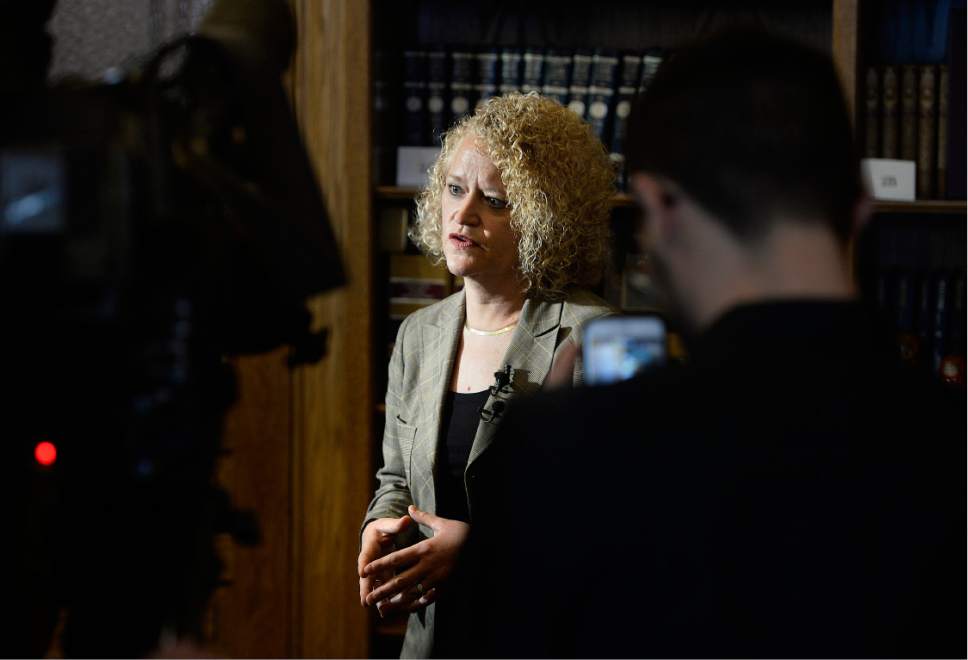This is an archived article that was published on sltrib.com in 2017, and information in the article may be outdated. It is provided only for personal research purposes and may not be reprinted.
Six months ago, there was genuine intent from Salt Lake City leaders to give their constituents a voice in the obviously contentious decision about what to do with the city's growing homeless population. What those citizens got instead was a done deal.
As recently as August, when the city was still looking at two sites instead of four, city officials were promising public involvement in the process.
Then, by November, the argument from Mayor Jackie Biskupski and City Council members is that they kept the public out because they didn't want to pit neighborhood against neighborhood in siting facilities no neighborhood wanted.
So what changed? The most prominent factor could be the decision to go to four centers, a decision that came months after the site selection process had supposedly already begun. In the fall, the city was already facing a tight deadline from the Utah Legislature to secure sites before the legislative session that's about to start.
When city officials changed the number of sites, they essentially made it impossible to hold a legitimate public process in time. The irony is that, by trying to smooth out the neighborhood impact by reducing the facilities' size, city leaders took the neighborhoods clean out of the process.
The pain of that has been evident since the sites were announced last month. Cracks have opened in what was supposed to be a wall of solidarity. Two of seven city council members now say they oppose the Sugar House site on Simpson Avenue, and in a public meeting this week Biskupski said the resource centers will move forward "whether we do Simpson or don't do Simpson, or we have a new site or we don't have a new site."
The rush also is likely responsible for the city paying well over assessed value for two of the four sites.
On Simpson Avenue, the city spent $7 million for 2.8 acres that had an assessed valuation of $1 million per acre. Assessed valuations often lag behind market value in a strong market like Sugar House, but it's safe to say that 250 percent of assessed valuation is well above market. The owner of another site on High Avenue says he wasn't interested in moving his salvage yard at that time, but he found motivation when the city gave him $3 million for property assessed at $1.2 million. These are the prices people pay when they're in a hurry.
There is no turning back, and the goal of reinventing and redistributing homeless services in the city remains sound. This process was never going to be simple, but it's easy for city residents to see how it could have been better. With so much still to be decided with homeless centers, city leaders need to see that, too.



